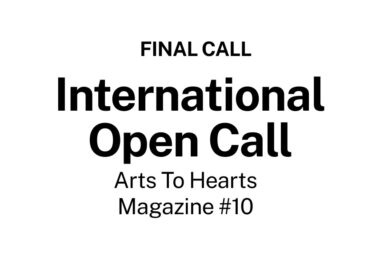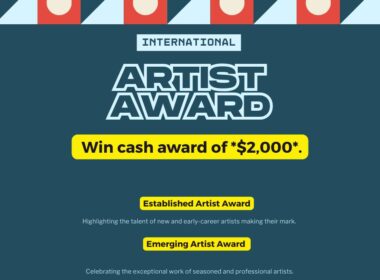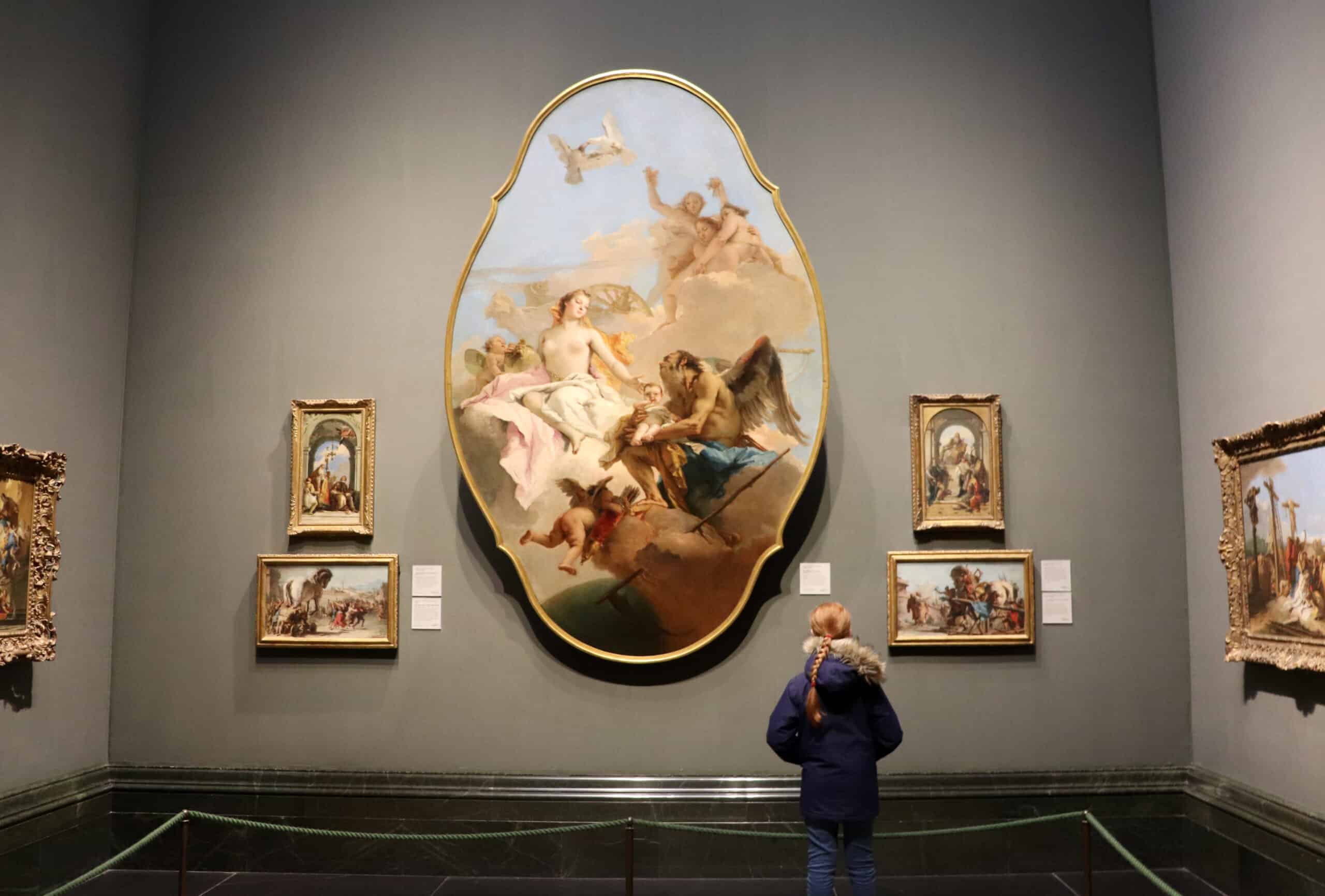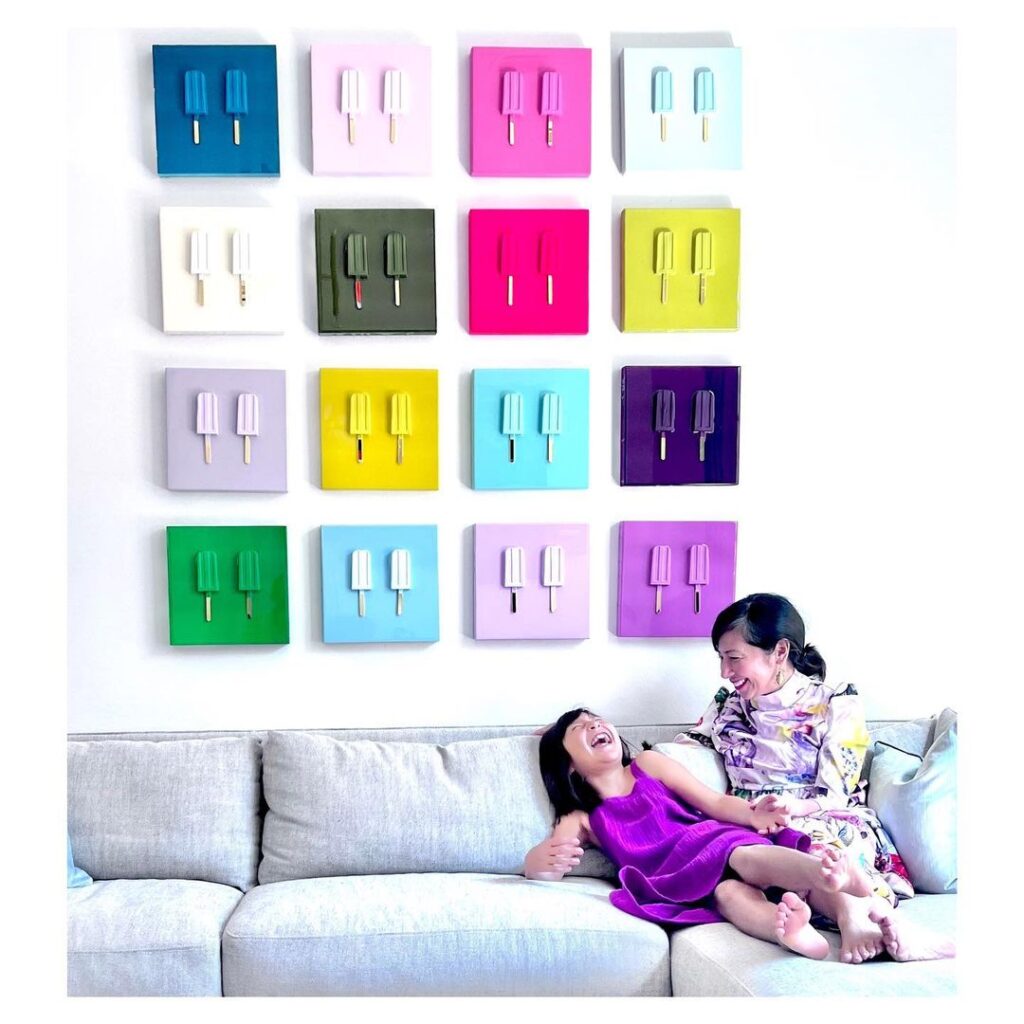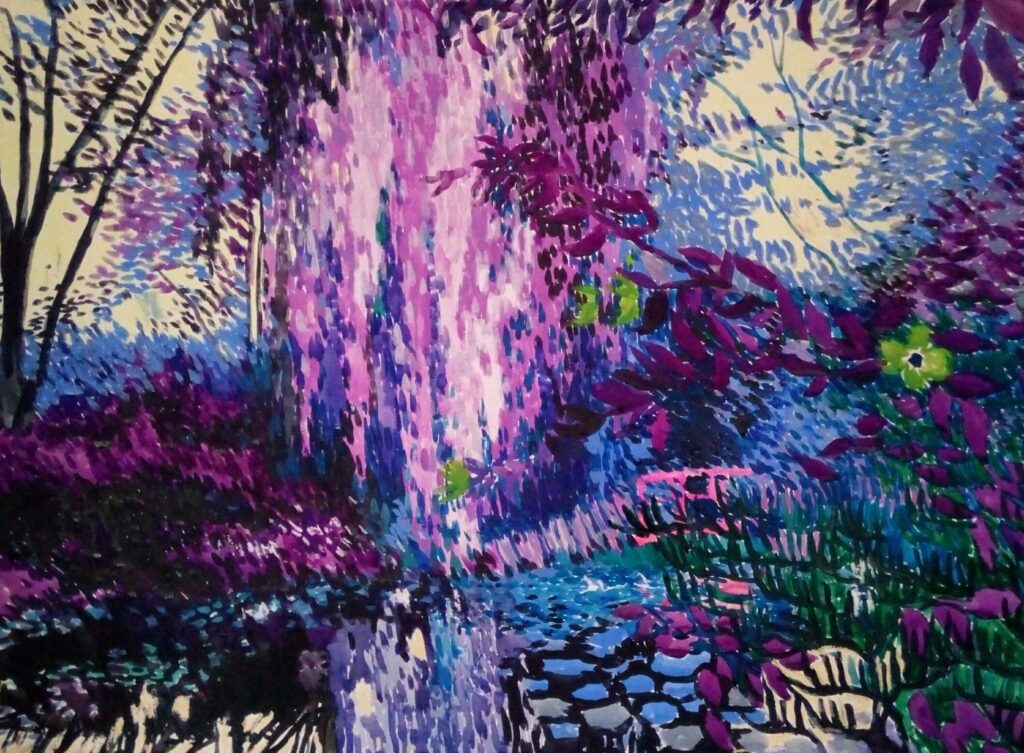
Identity in Flux: Celebrating Change and Growth Through the Art of Camille Myles


Formerly an archaeologist and park ranger, Camille Myles is an award-winning Canadian contemporary artist with a deep connection to nature & history bringing hope and transformation to her community. Working in painting, sculpture, installation and public art, she creates conversations about identity and celebrates change and growth in her work.
Camille is inspired by the natural world around her and its precarity – constant change and threats to our environment and our identity shape how she sees the world. She says, “Bringing together found objects, natural and synthetic elements, I’m interested in imagery rooted in feminist ideals of strength, the labours of motherhood and the effects of gender roles.”
In an exclusive interview with the artist Camille Myles, she shares how she resumed her art career after a break, her inspiration behind her creations, and her challenges from being a part-time artist to a full-time artist.

What was the most difficult part about taking a break from creating art?
Having the confidence to just back to work and get through your re-learning phase is so hard. When you haven’t created it in a while, you need practice and patience. You know you need to experiment and make bad art. I think about it like making pancakes… It always seems that the first pancake from your batch is always awful, even if you know how to make them. I never really stopped creating but after art school, it was a reality check to be turned down by galleries. I was still thinking that a gallery was magically going to discover my work and support me. So, I shifted to my other interests like archaeology and heritage conservation. I never stopped creating but adapted to what I could do based on working full-time to support my family. When I had kids, I started knitting, sewing and collage work because I was concerned about toxic painting supplies. I also worked in public art because that field is all about developing ideas on paper and working collaboratively with others to make a vision happen.
I’m reminded that our time on this Earth is finite, that everything comes back to a natural state of being. We all need to listen a little more closely to the pleas of our world.
I’m impressed by your paintings! From the beautiful landscapes to the touching childhood memories, what inspires you to bring your unique visions to life on canvas?
I’m inspired by the world around me and often go out in nature for hikes with my kids to get a dose of creativity. My series of “Crying Landscapes” was first created by an art residency on Vancouver Island when I toured old-growth logging sites and was struck by the destruction of the forest. It really moved me so I started to see the landscape in tears somehow and started to create these flowing waterscapes on paper. As for my recent oil paintings based on childhood memories, they are a very personal journey to remember beautiful moments in my childhood where sometimes memories of certain people were missing. As I look at my own motherhood, I tend to look at my missing parental references and these paintings tell my own story of forgiveness and coming to terms with my past. Through the act of painting these memories and missing figures, I move past my resentment and anger to find myself again and heal. Deeply personal, these self-portraits take you back to a nostalgic time that the viewer can relate to through distinct colours and feelings of freedom and happiness of childhood.

What have been the positive and negative experiences of transitioning to a full-time career in art over the last year?
The life of an artist is full of ups and downs and it seems like you are riding a rollercoaster at times. I continue to be a very positive person and learn to trust my gut. I’ve had beautiful opportunities that have led to great projects and exhibitions and even got a few grants to develop my practice. Unfortunately, some people want a lot from artists or can take advantage of you so you need to learn to say “no” or really evaluate if the project is aligned with you. I find commissions quite difficult especially if the project is not what you normally do. On the flip side, I always enjoy a challenge and fill fuelled when I challenge myself to do something new.
Learning to trust myself has been the biggest lesson for this year as a full-time artist. This year, one of my goals was to professionalize my image, push myself to take risks and develop authentic relationships. I’ve also worked on developing my reputation and creating opportunities locally so I can showcase my art globally. By organizing exhibitions in my small town, I was able to document my art with professional photos and add those to social media, and my website and apply to opportunities internationally. Taking the time to do the tedious administration work was incredibly beneficial for me.
Another lesson for me was to find a community that supports you and believes in you. I was fortunate enough to find other artist friends through the Art Queens, Visionary Art Collective, Arts to Hearts Project and I Like Your Work podcast (the Works membership). I also volunteer in my local community to build real-life relationships that fill my creative cup.

What inspired you to create the sculptures and public installations that you have made?
Ever since I was a child, I’ve been obsessed with public art. I love how accessible they are to everyone and how they create a conversation about place. I have so many pictures of myself as a child in front of public art and that is probably what inspired me to think of public art. My first public art sculpture was created because I was sent the call for art by a friend of mine and was told to apply. At first, I told myself I just couldn’t do it because I’d never done something like that, however as I was working as a Park Superintendent at the time managing infrastructure projects, I thought it wouldn’t be too hard to do. All I needed was a good idea and people to help me bring a vision to life. So, as I was feeding my baby in the middle of the night, I was struck by inspiration and wrote my first art proposal, which was accepted and now my children play around my art and I take photos of them.
Helping people appreciate the world’s imperfections and seeing the beauty behind change, the broken & the discarded.
Camille, Could you explain how your artwork creates a story?
My work is autobiographical and incorporates my life and interests. I’m passionate about looking into the past to better understand where we are going. There’s beauty, hope and growth in what has turned into ruins or lost. Almost like magic, I want to create a feeling of hope in the stories and images I use. I’m interested in elevating the voice and story of women by connecting to my own story. Another important story I want to convey is about how we deal with and work through motherhood and the depiction of women in today’s society. I hope to create conversations that lead to a better for my own children.
Read more about Camille Myles








